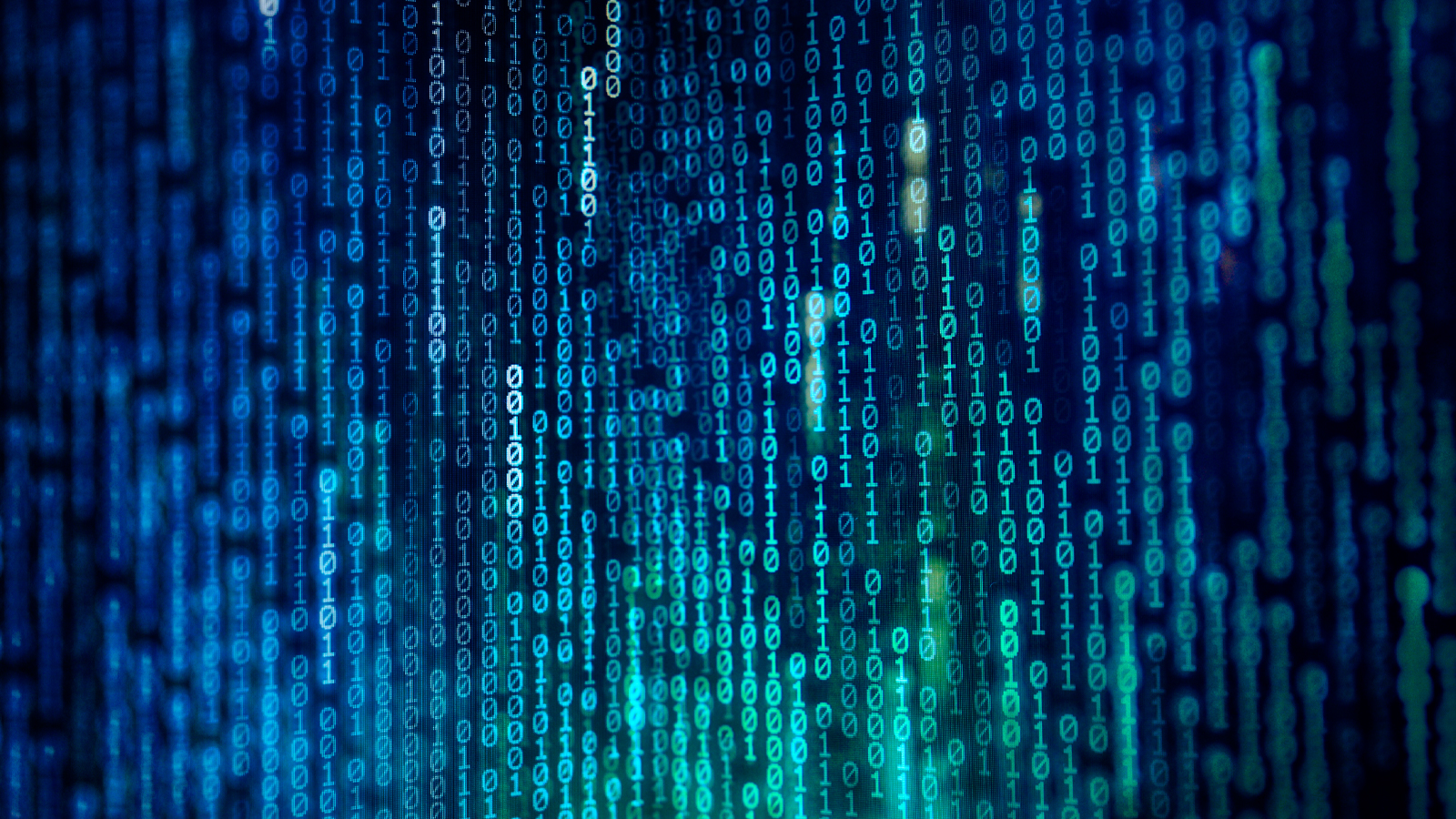You should hear the conversations! Turns out, when you talk quality, the details matter. We know this, but it’s even cooler that you care enough to be a little geeky about it too. There’s actually a lot to this topic, but for now let’s keep high-level so nobody falls asleep.
Definition
PPI, or pixels per inch, deals with pixel resolution and is usually reserved for screen and digital image formats.
DPI, or dots per inch, refers to the physical dots of ink per inch on a printed or scanned image.
Why they matter
You need to control the quality of your content, especially in a world where distribution of your content is easy. DPI and PPI are not sole factors in determining quality. In fact, the real quality potential was determined well before the DPI and PPI discussion. DPI and PPI are really only focused on the final output of the image’s quality.
Key Takeaway – Print
To guarantee a high quality print image (DPI), you need to begin with a high quality digital image (PPI). I’ll save you the boring calculations, but here’s an example: if your final marketing product is a full page magazine spread, then here’s what you need to know: As long as the printer receives a 3450 X 5250 pixel image, your 11X17 print will be optimized to the 300 DPI quality.
Key Takeaway – Online
So many factors contribute to a quality online image, including screen sizes and resolution. We could geek out on the details, but our testing shows that the optimal online image is 1920 X 1080, compressed at 40%.
Remember, we could bore you with all our mathematics and scientific studies, but we wanted to keep this high level. If you’re still reading this post, then you’re a true nerd and we should totally hang sometime.

